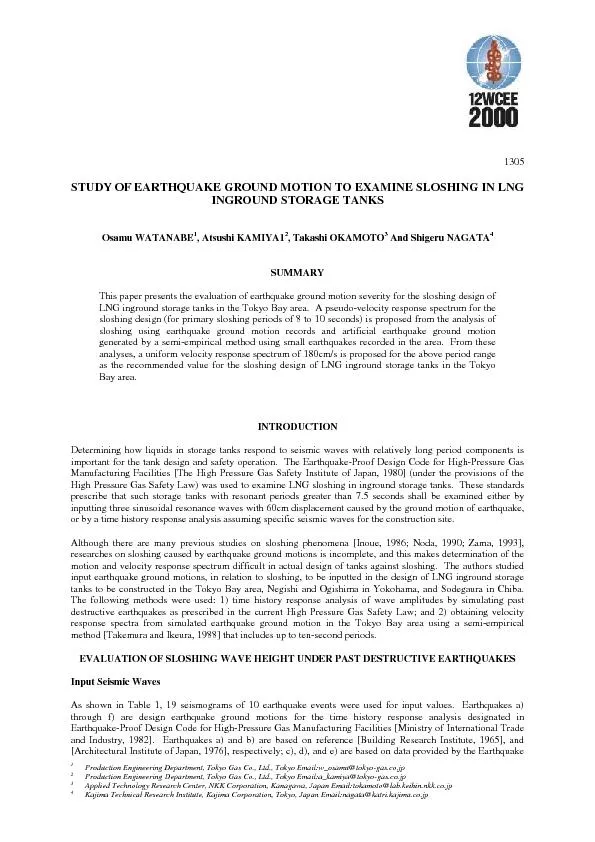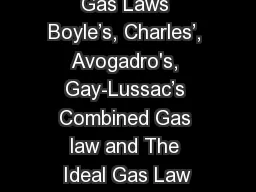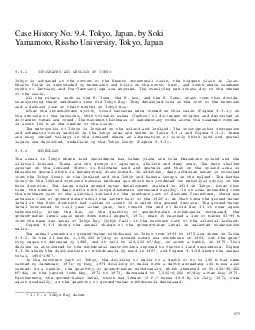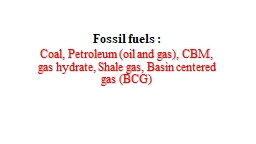PDF-Production Engineering Department, Tokyo Gas Co., Ltd., Tokyo Email:w_
Author : min-jolicoeur | Published Date : 2016-08-03
1305Research Institute University of Tokyo Tanaka et al 1979 and f is corrected data of the 1978 Miyagikenoki earthquake recordKurata et al 1979 using the filter
Presentation Embed Code
Download Presentation
Download Presentation The PPT/PDF document "Production Engineering Department, Tokyo..." is the property of its rightful owner. Permission is granted to download and print the materials on this website for personal, non-commercial use only, and to display it on your personal computer provided you do not modify the materials and that you retain all copyright notices contained in the materials. By downloading content from our website, you accept the terms of this agreement.
Production Engineering Department, Tokyo Gas Co., Ltd., Tokyo Email:w_: Transcript
Download Rules Of Document
"Production Engineering Department, Tokyo Gas Co., Ltd., Tokyo Email:w_"The content belongs to its owner. You may download and print it for personal use, without modification, and keep all copyright notices. By downloading, you agree to these terms.
Related Documents














